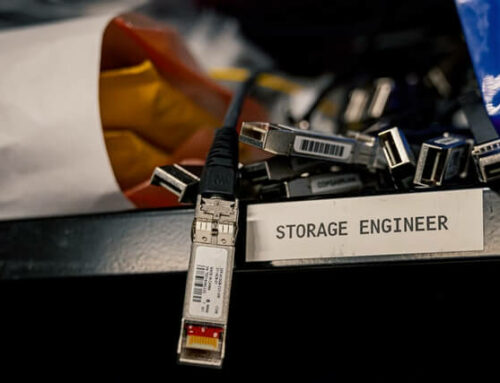The 5th generation of wireless technology is an imminent reality. All major telecommunication companies have announced an initial launch of early versions of 5G later this year, and by 2020, the technology should be completely standardized (IMT-2020). The future of wireless is almost here.
It has yet to be fully determined how this revolutionary technology will be available, but there is still plenty to learn about the very near future of 5G.
What 5G Is (and Isn’t)
First, a quick clarification about what 5G isn’t: 5G wireless is not the same as 5GHz Wi-Fi. Since 2009, dual-band wireless routers have offered increased bandwidth with both the standard 2.4GHz (which has quickly become overcrowded) and the much faster 5GHz channel.
5G wireless, on the other hand, is the next great leap in cellular technology. Boasting unprecedented 20Gbps speeds, ultra-high bandwidth, and dramatically reduced latency (1 millisecond or less), 5G will soon replace current 4G LTE networks. In fact, most initial tests show that 5G will be up to 10 times faster than 4G LTE in ideal environments. Because of its scalability and superior performance, 5G could even drive consumers to ultimately drop their broadband providers entirely.
How the Future of Wireless Will Work: Small Cells and Millimeter Wave
As telecommunication companies roll out 5G over the coming months and years, there will be radical infrastructure changes coming in the future of wireless.
Both Verizon and AT&T have announced that they will be using small cell technology to transmit signals at lightning-fast speed over millimeter wave spectrum (between 30 and 300GHz). Small cells offer stronger cellular coverage to a smaller area, where there are fewer devices to compete for bandwidth. The new hardware will be discreetly placed about 250 meters apart on structures that are already part of our everyday landscape (e.g. streetlights and utility poles). Unlike conventional cell towers that experience disruption from large obstacles, small cell equipment will be clustered together to easily relay data from one transmitter to the next. It’s a cost-effective, energy-efficient solution, especially for urban areas that would normally experience increased interference.
5G’s Killer Application Isn’t What You Think
While it’s clear that 5G will enable new applications to revolutionize almost every industry, there isn’t one particular application driving the excitement behind 5G. The focus is simple: higher efficiency and speed. And with a real-world bandwidth in excess of 100s of Mbps and almost nonexistent latency (<5 ms), it appears that the future of wireless won’t disappoint.
The Future is 5G
When 5G becomes standardized, it will spark unprecedented changes in almost every area of life.
Healthcare, manufacturing and distribution, gaming, and emergency services will benefit from AI, AR/VR applications, and IoT systems. 5G will help launch self-driving cars, cloud-connected traffic control, and fully immersive education. And at home, you’ll be able to download an HD movie in seconds.
Consider the possibilities in your own environments, when latency and disruption become things of the past.











